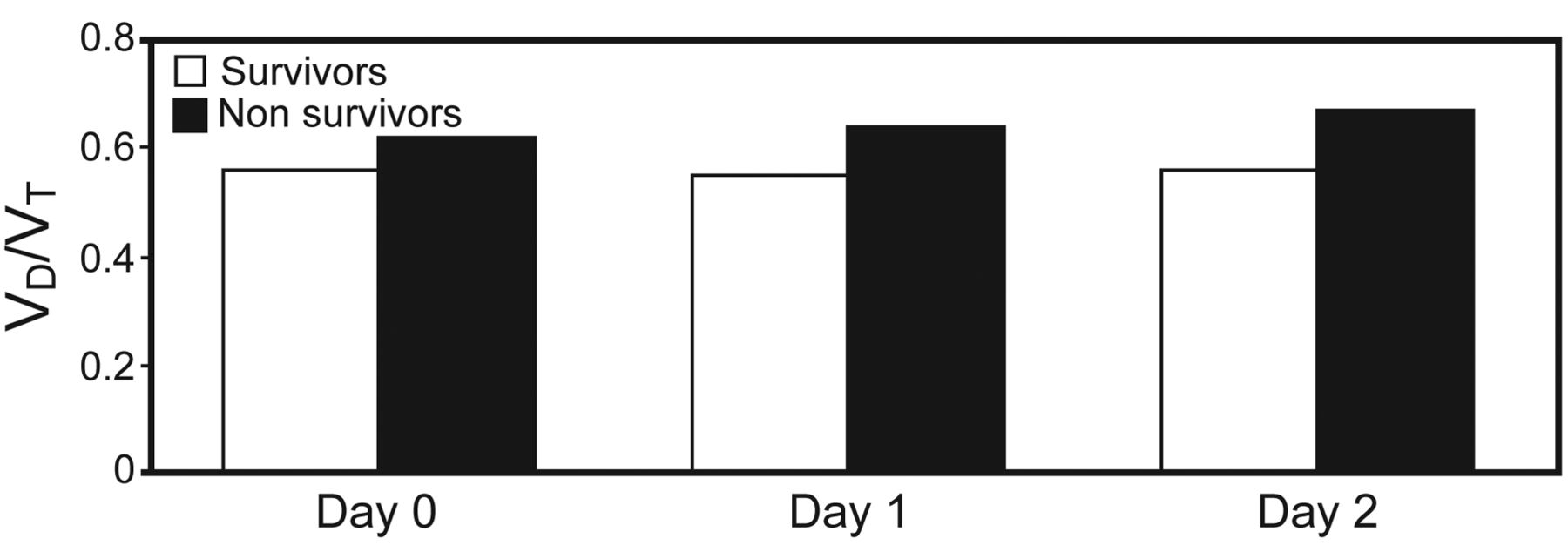

These symptoms may originate from ventilatory, cardiovascular, pulmonary vascular, and musculoskeletal causes. Patients with cancer commonly experience dyspnea and fatigue. Potentialįactors include effects of chemo- and radiation therapy on cardiac function and Source for exercise limitation with a prominent pulmonary vascular component. With malignancies exhibit dead space breathing, many exhibiting a circulatory Intercept of the V’ E -V’CO 2 relationship was lowest in Ventilatory cohorts, consistent with increase in dead space breathing. Peak V’ E / V’O 2 and V’ E /V’CO 2 were highest in the circulatory and There were close associations between V’O 2 and Pulmonary vascular group (n = 18) whose mean ± SD peak V’O 2 was 61 % ± 17% Results: Complete clinical and physiological data wereĪvailable for 36 patients (M/F 20/16) 32 (89%) exhibited ventilatory orĬirculatory limitation as shown by a reduced peak V’O 2 and 10

Peak V’O 2 <8 4 % predicted indicated a circulatory or ventilatory The slope and intercept for V’ E /V’CO 2 wasĬomputed for all subjects. Ventilatory equivalents for carbon dioxide and oxygen (V’ E /V’CO 2 and V’ E /V’O 2, respectively) were measured at baseline and

Minute ventilation, heart rate,īreathing reserve, oxygen uptake (V’O 2 ), O 2 -pulse, Methods: Subjects were exercised onĪ cycle ergometer with increasing workloads. Objectives: In thisĮvaluated patients with hematologic and solid malignancies by CPET to determine Sources, and dyspnea is best determined byĬardiopulmonary exercise testing (CPET). Rationale: Patients with cancer commonly experience dyspnea originating from ventilatory, circulatory and musculoskeletal


 0 kommentar(er)
0 kommentar(er)
